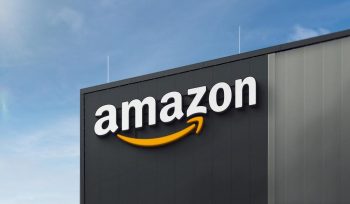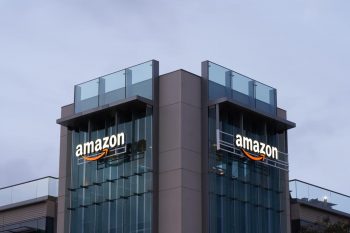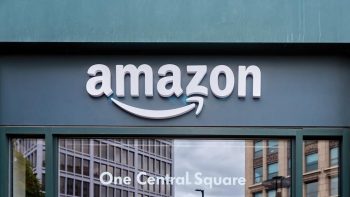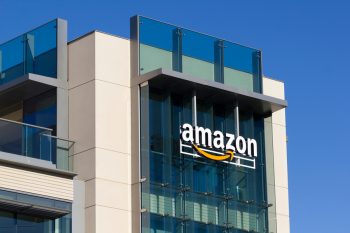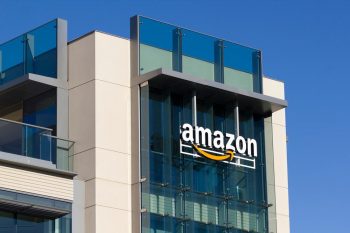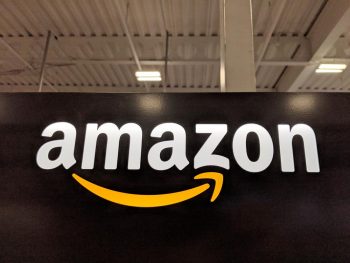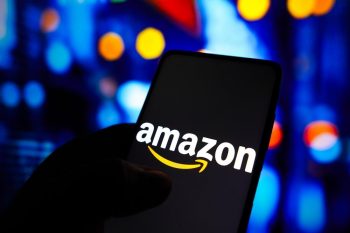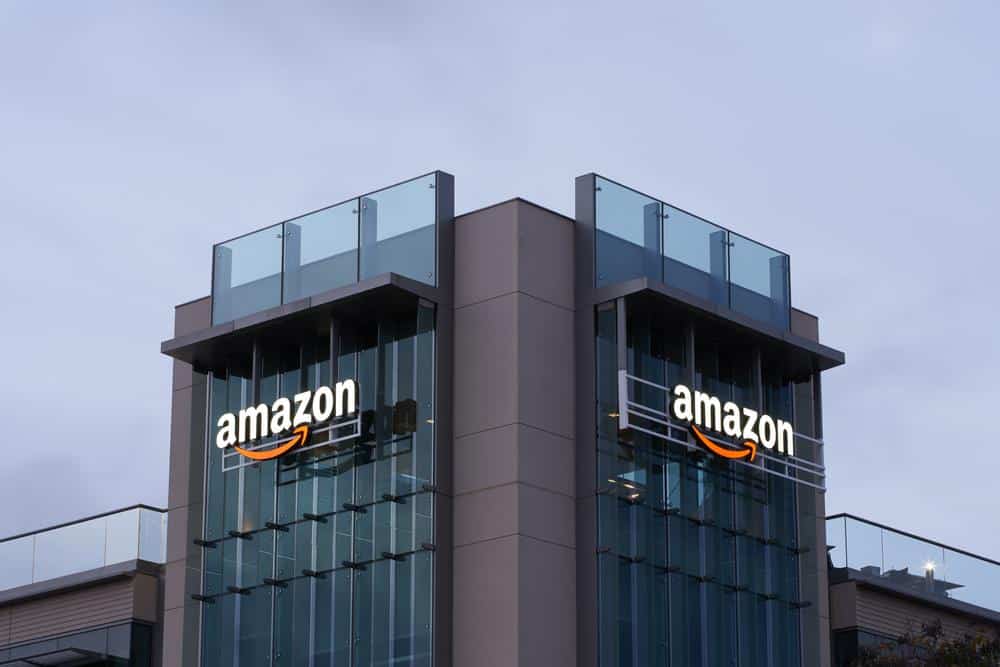
Amazon, as one of the leading e-commerce platforms globally, houses millions of products from various sellers. However, it’s not uncommon to find the item you’re looking for out of stock. The question then arises – how long does it take for Amazon to restock?
The timeline for Amazon to restock items can vary greatly, typically ranging between 1 to 4 weeks. This depends on factors such as the product’s sales velocity, the supplier’s lead time, and the seller’s inventory management. Amazon uses machine learning algorithms to predict restocking needs based on current inventory, anticipated demand, and supply chain constraints. Exact restock times can be unpredictable, but they often occur towards the end of the month, primarily on weekdays.
Understanding Amazon’s Restocking Timeline
The timeline for Amazon to restock items varies greatly depending on several factors. Historically, restock times have ranged between 1 to 4 weeks. However, this can be shorter or longer based on the product’s sales velocity, the supplier’s lead time, and the seller’s inventory management.
Amazon uses machine learning algorithms to create customized restock strategies. This takes into account current inventory levels, restock preferences, supply chain constraints, and anticipated demand. Moreover, Amazon typically restocks between 7 AM – 9 PM PT / 10 AM – 12 PM ET, primarily on weekdays, often towards the end of the month. However, exact restock times can be unpredictable.
Factors Influencing Amazon’s Restocking Speed
Several elements influence how swiftly Amazon restocks, including:
- Storage-type level restock limits: The shift from ASIN-level quantity limits to storage-type level limits can affect restocking speed.
- Inbound shipment check-in time: Delays in checking in inbound shipments can cause products to stock out while awaiting restocking.
- Demand forecasting tools: Tools like Jungle Scout’s Inventory Manager help predict future sales and determine how much inventory to order, avoiding stockouts or overstocking.
- Inventory management: Efficient inventory management is crucial for maintaining a balance between demand and supply, avoiding overstocking or understocking.
Peak Times and Seasons Impacting Restocking
There are peak times or seasons where restocking may be delayed:
- Peak retail trade season: From August to October, retailers start importing holiday items. This can cause delays due to increased demand and shipping congestion.
- Holiday season: During the holiday season, particularly Q4, there may be spikes in demand that can lead to shipping delays and restocking issues.
Tracking Restocking of Products
Consumers can use several methods to find out if and when a product will be restocked on Amazon:
- Amazon’s Availability Alerts: For some items, Amazon offers an “Alert Me” box where you can sign up to receive a notification when the item is back in stock.
- Back in Stock Alerts: Websites like BackInStockAlerts.com allow users to receive a notification when the product is back in stock.
- Price and Stock Trackers: Services like CamelCamelCamel monitor product availability and send alerts when items are back in stock.
Impact of Third-Party Sellers on Restocking
Third-party sellers can impact the restocking time for products on Amazon. They need to abide by restock limits imposed by Amazon, which can create challenges for inventory management and planning. These limits are determined by factors such as seasonal and peak selling periods, forecasts for ASINs, and fulfillment center capacity.
Amazon’s Restocking Policy
Amazon’s restocking policy allows sellers to charge a restocking fee for qualifying return requests. The fee is calculated based on the item’s original price, the return reason, and the item’s condition on return. Sellers can typically charge between 20% and 50% of the item price as a restocking fee.
In conclusion, Amazon’s restocking timeline varies greatly depending on several factors. Keeping an eye on the product listing and checking for updates on restock times is the most effective way to determine when an item will be back in stock. For high-demand products, restocks can happen quickly but may also sell out fast. Therefore, it’s always best to act quickly once you receive a restock notification.
Frequently Asked Questions
What are ASINs?
ASINs are Amazon Standard Identification Numbers, unique blocks of 10 letters and/or numbers that identify items on Amazon’s platform. Each product listed on Amazon has its own ASIN.
Can Amazon’s restocking timeline be influenced by external factors like global events?
Yes, external factors like global events, natural disasters, or pandemics can impact the restocking timeline. These events can disrupt supply chains, causing delays in restocking.
Is there a way to expedite the restocking of a product on Amazon?
No, customers cannot expedite the restocking of a product. The restock time depends on the factors mentioned above, such as the supplier’s lead time, sales velocity, and inventory management.
How does Amazon’s restocking policy affect third-party sellers?
Amazon’s restocking policy can affect third-party sellers as they have to abide by restock limits imposed by Amazon. This can create challenges in inventory management and planning, especially during peak selling periods.
Does Amazon restock more frequently during the holiday season?
While Amazon does prepare for increased demand during the holiday season, the exact restocking frequency may vary. It can be influenced by factors such as increased demand, shipping congestion, and the capacity of fulfillment centers.

